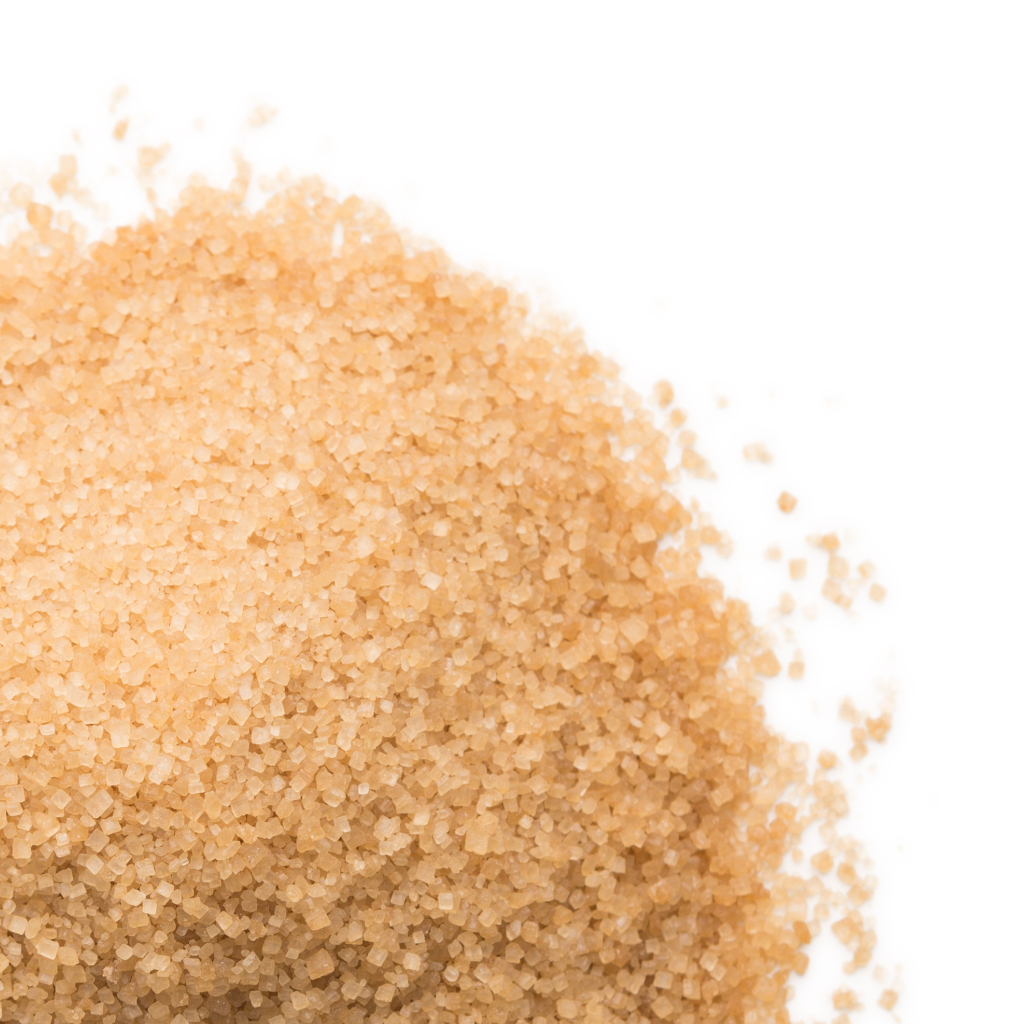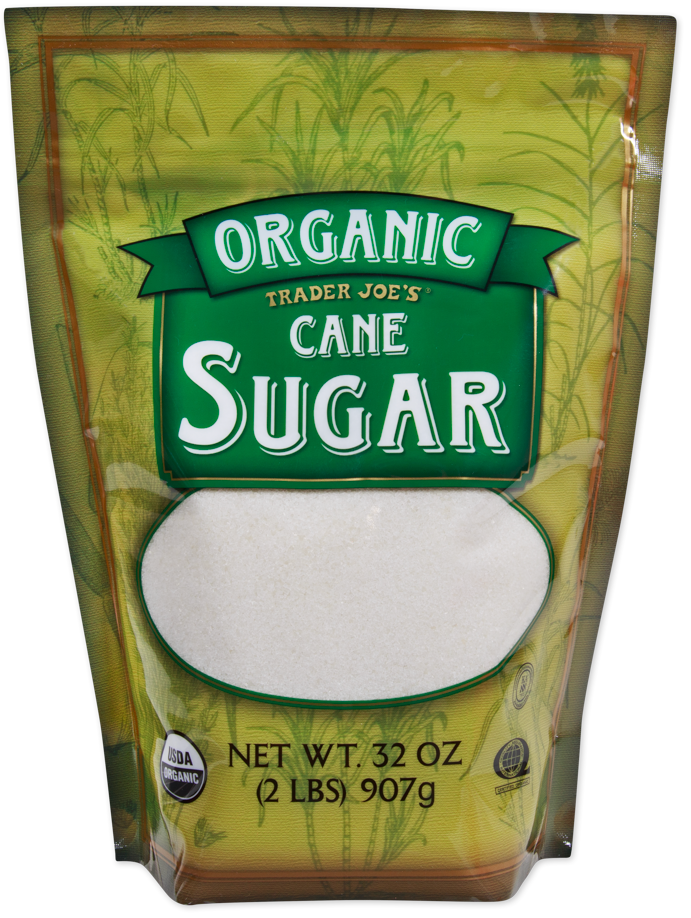Advanced Cane Sugar Processing: Enhancing Efficiency and Sustainability
Advanced Cane Sugar Processing: Enhancing Efficiency and Sustainability
Blog Article
An Extensive Overview to the Environmental Effect and Sustainability Practices in Walking Cane Sugar Processing
The environmental influence of walking cane sugar processing offers a complicated range of difficulties that warrant careful assessment. From dirt deterioration and extreme water use to the carbon footprint associated with farming and production, the repercussions of standard practices are significant. What details techniques can be implemented to strike an equilibrium in between performance and ecological stewardship?
Summary of Walking Cane Sugar Processing
Cane sugar handling involves a collection of methodical actions that transform sugarcane right into polished sugar. At first, gathered sugarcane is transferred to processing facilities, where it goes through cleansing to remove dirt and debris. Following this, the walking stick is crushed to extract juice, which is after that cleared up by removing contaminations with home heating and the enhancement of lime.
The cleared up juice undertakes evaporation, where water is gotten rid of to concentrate the sugar material. This focused syrup is then crystallized through cooling, permitting sugar crystals to form. These crystals are separated from the remaining syrup utilizing centrifugation, resulting in raw sugar. To achieve polished sugar, the raw item undertakes more filtration procedures, which may include washing and filtering system to eliminate staying pollutants and shade.
The end product is after that dried and packaged for distribution. Throughout this entire procedure, preserving performance and top quality control is necessary to make certain the sugar meets sector criteria. Each action in walking stick sugar handling not just adds to the end product yet likewise has ramifications for resource usage and waste generation, establishing the stage for discussions on sustainability and ecological influences related to sugar manufacturing.
Environmental Challenges of Production
The manufacturing of walking cane sugar presents numerous significant ecological difficulties that warrant focus. One key issue is the considerable use of agrochemicals, including chemicals and fertilizers, which can result in dirt destruction, biodiversity loss, and contamination of neighborhood water sources. The drainage from sugarcane areas often brings these chemicals right into close-by ecosystems, interrupting marine life and influencing the health and wellness of areas reliant on these water bodies.
An additional challenge is the high power usage related to sugarcane handling. The boiling and refining phases call for considerable warm, primarily generated by burning nonrenewable fuel sources, adding to greenhouse gas exhausts. Additionally, the large acreage required for sugarcane cultivation can cause deforestation and habitat damage, further exacerbating environment adjustment and threatening wildlife.
Additionally, the labor techniques in some areas increase ethical worries, as employees might face poor working problems and poor incomes. This situation commonly perpetuates a cycle of hardship in neighborhood neighborhoods. Cane Sugar Processing. Dealing with these ecological challenges is critical for establishing much more lasting practices in walking cane sugar production, inevitably profiting both the environment and the communities associated with this market
Water and Land Use Effect
Water resources and land usage are important parts in the walking stick sugar industry that dramatically affect the atmosphere. The cultivation of sugarcane needs considerable water input, with quotes recommending that it can take in as much as 2,000 liters of water per kilogram of sugar produced. This intensive use water often brings about deficiency of regional water sources, affecting not just the sugarcane vineyards but additionally surrounding environments and communities that depend on the very same water resources for agriculture and domestic use.

Moreover, land usage for sugarcane farming can lead to logging and the conversion of natural environments into monoculture vineyards. This technique lessens biodiversity, interferes with local communities, and contributes to dirt deterioration. The development of sugarcane fields commonly trespasses on beneficial agricultural land, creating competition for resources in between food and biofuel production.
Sustainable practices, such as enhancing irrigation methods and carrying out crop turning, are essential to reduce these influences. By taking on more reliable water use and land monitoring approaches, the walking stick sugar sector can decrease its environmental impact, guaranteeing an equilibrium between farming performance and environmental preservation.
Greenhouse Gas Emissions
Greenhouse gas exhausts stand for a significant environmental issue within the cane sugar handling market, specifically as farming methods Check Out Your URL broaden to fulfill worldwide need. The growing of sugarcane, a crop that prospers in tropical climates, relies heavily on artificial fertilizers and chemicals, which add to laughing gas discharges. In addition, land-use modifications, consisting of logging for brand-new sugarcane ranches, release co2 stored in plant life and soil.
Throughout handling, energy consumption is one more significant source of greenhouse gas discharges - Cane Sugar Processing. Several sugar mills utilize fossil gas to power machinery and generate warm, resulting in substantial carbon footprints. Moreover, the transportation of raw sugarcane and ended up items includes layers of exhausts with fuel burning in lorries
This entails examining existing agricultural methods, processing approaches, and transport systems to determine locations for renovation and mitigation. Dealing with greenhouse gas discharges is necessary for cultivating an extra sustainable walking stick sugar industry in an altering environment.

Sustainable Practices and Innovations
Sustainable techniques and advancements are significantly crucial in the walking cane sugar handling industry as stakeholders look for to decrease ecological impacts while maintaining performance. One considerable improvement is the implementation of incorporated crop monitoring, which optimizes source use by incorporating soil monitoring, insect control, and plant rotation strategies. This method enhances return while minimizing chemical inputs and protecting soil health and wellness.
Moreover, the fostering of renewable resource resources, such as biomass from sugarcane residues, has actually gained traction - Cane Sugar Processing. By transforming waste products into energy, refining centers can decrease their dependence on nonrenewable fuel sources, consequently decreasing greenhouse gas emissions
Water administration techniques have likewise seen renovations through the recycling and reusing of water in processing plants, significantly lowering freshwater consumption. Developments in modern technology, such as precision agriculture, allow farmers to check plant health and wellness and source use more efficiently, making sure lasting cultivation practices.
Moreover, qualification programs useful reference like Fair Trade and Rainforest Alliance motivate eco liable farming techniques and advertise social equity within the my site supply chain. By embracing these sustainable practices and developments, the walking stick sugar processing market can boost its strength and contribute favorably to ecological stewardship.
Verdict
The ecological effect of walking stick sugar handling offers substantial difficulties, including soil degradation, high water consumption, and greenhouse gas emissions, along with moral issues connected to labor techniques. Dealing with these issues through sustainable practices, such as incorporated crop management, renewable energy fostering, and water recycling, is essential. By advertising socially equitable and eco accountable techniques in sugar production, the sector can minimize its negative results, guaranteeing an extra lasting future for both ecosystems and areas involved in this field.
Walking stick sugar processing entails a series of systematic actions that transform sugarcane right into polished sugar. Each step in cane sugar handling not only adds to the final item yet additionally has ramifications for resource usage and waste generation, setting the phase for discussions on sustainability and ecological influences connected with sugar manufacturing.
Greenhouse gas discharges represent a considerable environmental worry within the cane sugar handling industry, specifically as agricultural methods expand to satisfy global demand.Lasting methods and developments are significantly important in the walking cane sugar processing market as stakeholders look for to decrease ecological impacts while preserving performance.The environmental effect of walking cane sugar processing provides significant difficulties, consisting of soil deterioration, high water intake, and greenhouse gas emissions, together with honest problems related to labor methods.
Report this page